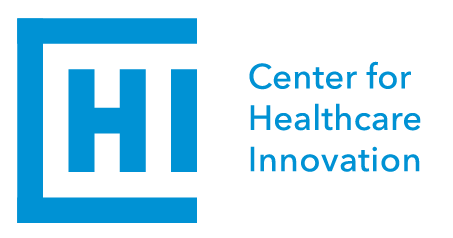The Impact of COVID-19 on Underserved Populations in America

The Impact of COVID-19 on Underserved Populations in America
March 20, 2020 | Blog Post
Key Insight
“COVID-19 May Have a Disproportinaetly Heavy Toll on Underserved, At-Risk, and Vulnerable Patient Populations.”
While a vast majority of the U.S. population has started working from home and have emptied stores while stockpiling for social distancing, there’s a large group of underserved communities who aren’t able to do this, and thus are at a higher risk of contracting the COVID-19 virus. This group consists of people near or below the poverty line, those who work in the service industry, and the many who are financially unable to prepare for the disease in the manner that many already have. More importantly, vulnerable individuals have a much higher chance of contracting the virus than identified, which only reduces the swiftness with which we can flatten the curve. Underserved communities are susceptible due to socioeconomic and financial conditions that are markedly different from those of us who are fortunate enough to stay at home. Thus it is even more critical for us to acknowledge the challenges that they are facing.
The first challenge that underserved American populations face is financial. Many of the individuals in this underserved population have jobs that cannot be done from home, and unfortunately, many of their employers are unwilling or unable to offer paid sick leave to limit social exposure. Further, due to the type of jobs or even due to a lack of employment, many of these individuals are uninsured or underinsured for care and thus are prone to increased stresses about having to go to an emergency room for their care. A 2019 Federal Reserve study found that “40% of Americans could not come up with $400 to cover an emergency” (TIME). Another factor is the likelihood of having much smaller living spaces due to their economic limitations. Although it may not be immediately apparent, limited space between family members and having a higher number of individuals under one roof (sandwich generation households) creates additional risks.
The second challenge for vulnerable and underserved communities is child care. Scholl closures have created additional stress and make it more challenging to adhere to social distancing requirements. These closures also mean that at least one parent or guardian must stay at home with children, thus reducing their possible income or even causing a loss of employment for those who have jobs that don’t offer paid sick leave. For the children themselves, many families depend on their schools to provide healthy meals during the day, and now that schools are closed, the children are less likely to be getting the nutrition that they need to stay healthy at this time. Another factor is the need to be digitally connected to an online curriculum. Many underserved and vulnerable families are unable to provide this necessity to their children due to a lack of high-tech devices, proper internet connection, and the necessary know-how to help their children with their assignments.
The final challenge is access to basic provisions. Underserved populations may be less likely to have access to necessary supplies, food, and provisions, especially in light of recent stockpiling. Further, with so many people stocking up on specially marked items for those who are dependent on food stamps, many families have been left without any options to buy necessities. Even apart from access to food and other supplies, the closures of public transport impacts this population the most due to their dependence on the system to go to their jobs and schools. Those underserved populations could easily be forgotten as we rush to stock up on all the supplies possible and close our doors to the open world. Are we flattening the curve by leaving so many people without the necessary help and by ignoring their situation? How do we help them?
These are important considerations as the entire globe faces the most acute public health crisis in decades. In responding to this crisis, it is crucial to ensure that underserved patient populations are considered. It is also vital that the entire global healthcare ecosystem ensures the response to this crisis is equitable. For more on equitable approaches to the COVID-19 crisis, learn more about our upcoming education.
Authors
Keerti Tadimeti
Senior Analyst at CHI
Joseph Gaspero is the CEO and Co-Founder of CHI. He is a healthcare executive, strategist, and researcher. He co-founded CHI in 2009 to be an independent, objective, and interdisciplinary research and education institute for healthcare. Joseph leads CHI’s research and education initiatives focusing on including patient-driven healthcare, patient engagement, clinical trials, drug pricing, and other pressing healthcare issues. He sets and executes CHI’s strategy, devises marketing tactics, leads fundraising efforts, and manages CHI’s Management team. Joseph is passionate and committed to making healthcare and our world a better place. His leadership stems from a wide array of experiences, including founding and operating several non-profit and for-profit organizations, serving in the U.S. Air Force in support of 2 foreign wars, and deriving expertise from time spent in industries such as healthcare, financial services, and marketing. Joseph’s skills include strategy, management, entrepreneurship, healthcare, clinical trials, diversity & inclusion, life sciences, research, marketing, and finance. He has lived in six countries, traveled to over 30 more, and speaks 3 languages, all which help him view business strategy through the prism of a global, interconnected 21st century. Joseph has a B.S. in Finance from the University of Illinois at Chicago. When he’s not immersed in his work at CHI, he spends his time snowboarding backcountry, skydiving, mountain biking, volunteering, engaging in MMA, and rock climbing.
